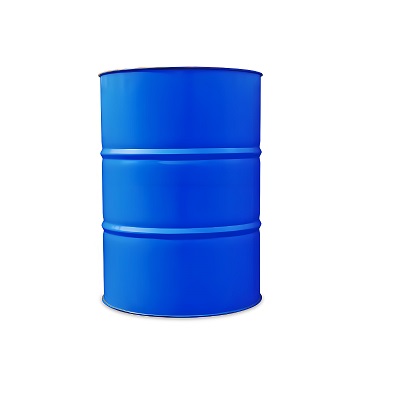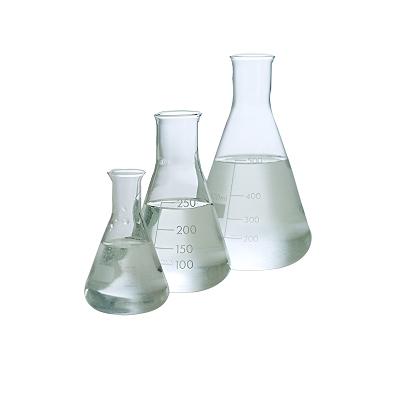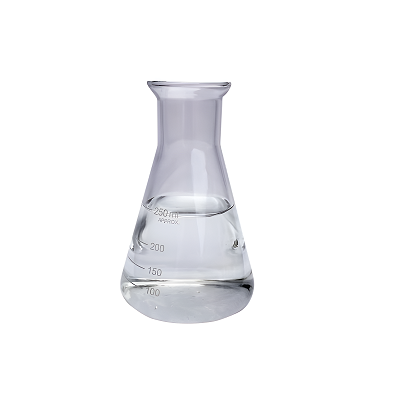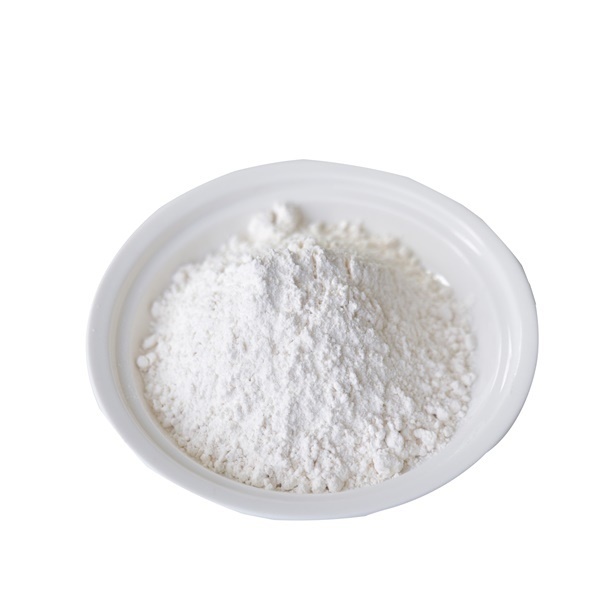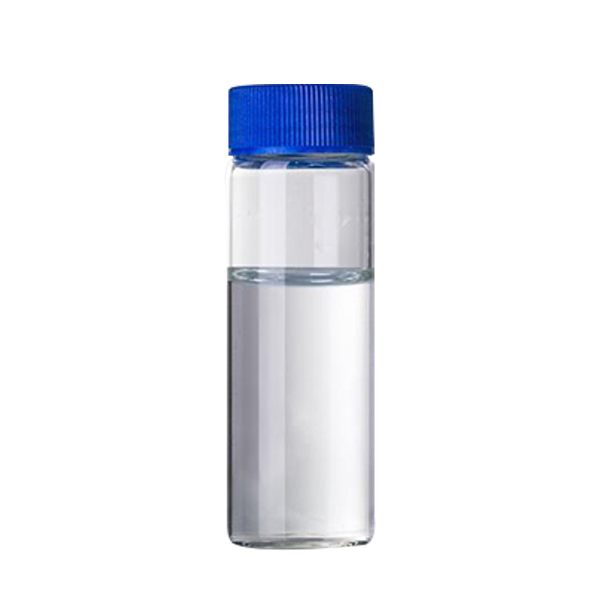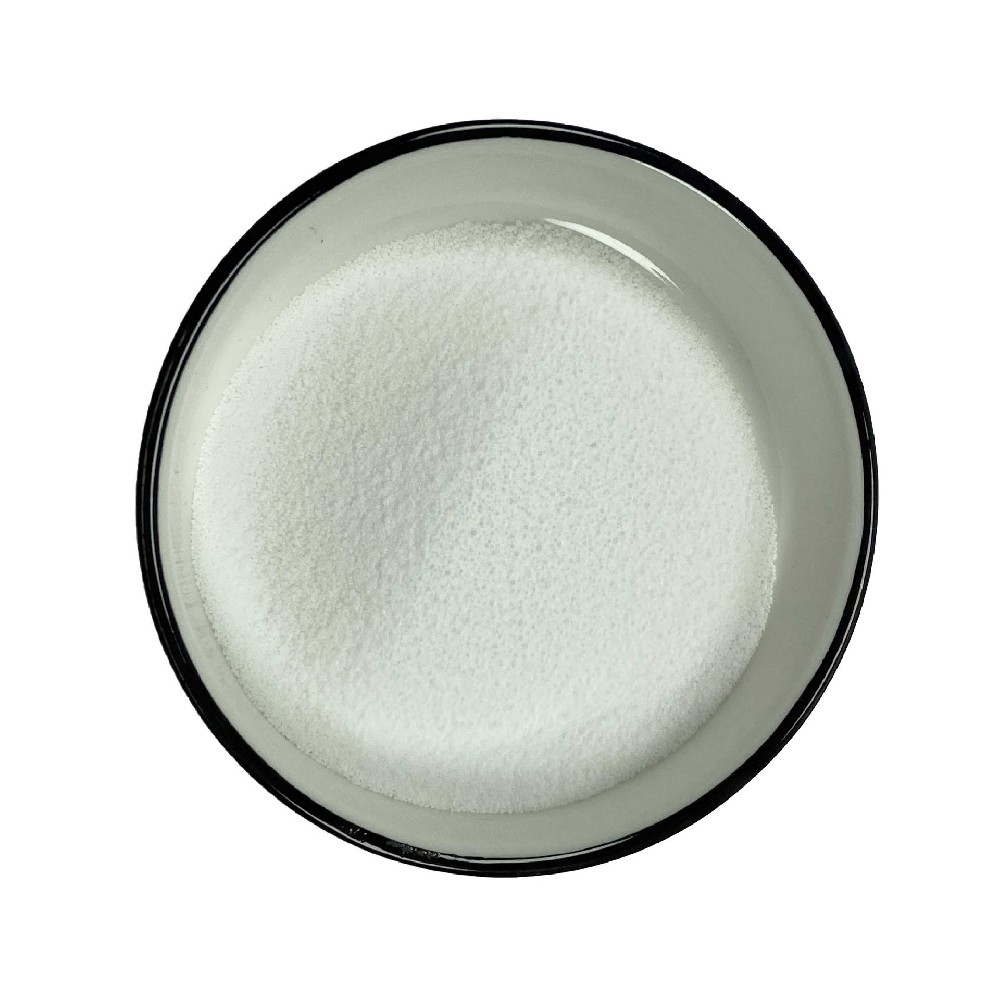

Ethylene cas 74-85-1
——————
CAS number : 74-85-1
molecular formula : C2H4
EINECS : 200-815-3
——————
Email : info@deshangchem.com
Mobile : +86-13153039501
TEL : +86-531-88752665
Overview
Ethylene Is a Compound Composed of Two Carbon Atoms and Four Hydrogen Atoms, With the Two Carbon Atoms Connected by a Double Bond. It Is the Simplest Olefin, With a Molecular Formula of Ch2=ch2. It Is a Basic Chemical Raw Material for Synthetic Fibers, Synthetic Rubber, Synthetic Plastics (Polyethylene and Polyvinyl Chloride), And Synthetic Ethanol (Alcohol). It Is Also Used to Make Vinyl Chloride, Styrene, Ethylene Oxide, Acetic Acid, Acetaldehyde, Ethanol, And Explosives. It Exists in Small Amounts in Plants and Is a Metabolite of Plants That Can Slow down Plant Growth, Promote Leaf Fall and Fruit Ripening. It Is a Colorless, Flammable Gas at Room Temperature. The Melting Point Is -169℃, And the Boiling Point Is -103.7℃. It Is Almost Insoluble in Water, Difficult to Dissolve in Ethanol, And Easily Soluble in Ether and Acetone. The Bond Length of the C=c Double Bond in the Ethylene Molecule Is 1.33×10-10 Meters. The Two Carbon Atoms and Four Hydrogen Atoms in the Ethylene Molecule Are All on the Same Plane. The Bond Angle Between Them Is About 120°. The Bond Energy of the Ethylene Double Bond Is 615 Kj/Mol. The Experimentally Measured Bond Length of the Ethane C-C Single Bond Is 1.54×10-10 Meters, And the Bond Energy Is 348 Kj/Mol. This Shows That the Bond Energy of the C=c Double Bond Is Not Twice That of the C-C Single Bond, But Slightly Less Than Twice. Therefore, Only Less Energy Is Needed to Break One of the Double Bonds. This Is the Reason Why Ethylene Is Active and Prone to Addition Reactions.In the Process of Forming Ethylene Molecules, Each Carbon Atom Forms a Bond by Hybridizing One 2s Orbital and Two 2p Orbitals to Form Three Equivalent Sp2 Hybrid Orbitals. These Three Sp2 Hybrid Orbitals Are in the Same Plane, Forming an Angle of 120° with Each Other. Therefore, Five σ Bonds Are Formed in the Ethylene Molecule, Of Which Four Are C-H Bonds (Sp2-S) and One Is a C-C Bond (Sp2-Sp2); the Two Parallel P Orbitals of the Two Carbon Atoms That Have Not Participated in the Hybridization Overlap on the Side to Form Another Chemical Bond: π Bond, Which Is Perpendicular to the Plane Where the σ Bond Is Located. For Example, The C=c Double Bond in the Ethylene Molecule Is Formed by a σ Bond and a π Bond. The Degree of Orbital Overlap of These Two Bonds Is Different. The π Bond Is Formed by the Overlap of the P Orbitals from the Side, And the Degree of Overlap Is Smaller Than That of the σ Bond from the Front, So the π Bond Is Not as Strong as the σ Bond, And Is Easier to Break, And the Energy Required for Breaking Is Also Less.
Important chemical raw materials
Ethylene is an important chemical raw material. A large amount of ethylene is used to make polyethylene, followed by ethylene oxide, styrene, acetaldehyde, ethanol, vinyl chloride, etc. The production of ethylene in industry is mainly based on petroleum as raw material. Ethylene is separated from cracking gas by tubular furnace cracking method. In addition, ethylene can also be separated from coke oven gas. Ethylene can be prepared in the laboratory by dehydrating ethanol.
Applications
Ethylene Fumigation Was Used to Ripen Bananas in Early Production. Ethylene Fumigation Has Been Widely Used to Ripen Bananas, Degreen Citrus and Lemons, And Accelerate Flue-Cured Tobacco. Liquid Ethylene Releaser Ethephon Is More Convenient and Widely Used. Ripening Tomatoes, Cotton, And Tobacco in the Field Can Be Harvested Earlier, Improve Quality, And Make Maturity Uniform, Which Is Convenient for Mechanical Harvesting. It Can Be Used in Melons to Increase the Number of Female Flowers, Early Fruiting, And Increase Yield. In Addition, It Can Stimulate Rubber Trees to Secrete Latex, Induce Pineapples to Bloom, Increase the Sugar Content of Sugarcane, And Be Used for Flower and Fruit Thinning. Technologies That Inhibit the Production and Action of Ethylene (Such as Controlled Atmosphere Storage) Have Also Been Widely Used to Preserve Fruits, Vegetables, Flowers, And Seedlings During Storage and Transportation.
Chemical properties
It is a colorless flammable gas at room temperature and pressure, with a slight odor characteristic of hydrocarbons.
| Melting point | −169 °C(lit.) |
| Boiling Point | −104 °C(lit.) |
| Density | 0.00126 |
| Vapor density | 0.97 (vs air) |
| Vapor Pressure | 35.04 atm ( 20 °C) |
| Refractive Index | 1.363 |
| Flash point | -100 °C |
| Form | Colorless gas |
| Explosive limit | 36% |
| Water solubility | 90.91g/L(25 ºC) |
Uses
1. Ethylene is an important basic raw material for organic chemical industry, mainly used in the production of polyethylene, ethylene propylene rubber, polyvinyl chloride, etc.
2. One of the most basic raw materials for petrochemical industry. In terms of synthetic materials, it is widely used in the production of polyethylene, vinyl chloride and polyvinyl chloride, ethylbenzene, styrene and polystyrene, and ethylene propylene rubber, etc.; in terms of organic synthesis, it is widely used in the synthesis of ethanol, ethylene oxide and ethylene glycol, acetaldehyde, acetic acid, propionaldehyde, propionic acid and its derivatives and other basic organic synthetic raw materials; after halogenation, it can produce vinyl chloride, ethyl chloride, ethyl bromide; after polymerization, it can produce α-olefins, and then produce higher alcohols, alkylbenzenes, etc.
3. Mainly used as standard gas for analytical instruments in petrochemical enterprises
Production Methods
The Industrially Used Ethylene Production Methods Include Petroleum Hydrocarbon Cracking, Ethanol Catalytic Dehydration, Coke Oven Gas Separation, Etc. Due to the Abundant Petroleum and Natural Gas Resources, Large-Scale Production of K-Ethylene Is Low-Cost and High-Quality. Therefore, A Large Amount of Ethylene Is Mainly Produced by Petroleum Cracking. Ethanol Catalytic Dehydration Is Limited to Occasions Where a Small Amount of Ethylene Is Provided for Fine Chemicals.
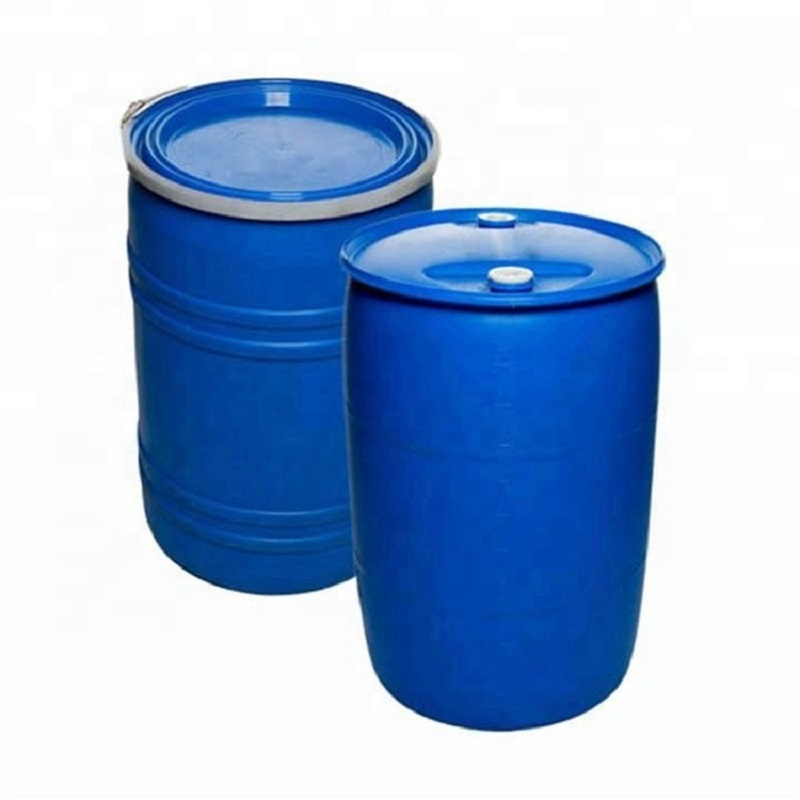
Ethylene cas 74-85-1
Overview
Ethylene Is a Compound Composed of Two Carbon Atoms and Four Hydrogen Atoms, With the Two Carbon Atoms Connected by a Double Bond. It Is the Simplest Olefin, With a Molecular Formula of Ch2=ch2. It Is a Basic Chemical Raw Material for Synthetic Fibers, Synthetic Rubber, Synthetic Plastics (Polyethylene and Polyvinyl Chloride), And Synthetic Ethanol (Alcohol). It Is Also Used to Make Vinyl Chloride, Styrene, Ethylene Oxide, Acetic Acid, Acetaldehyde, Ethanol, And Explosives. It Exists in Small Amounts in Plants and Is a Metabolite of Plants That Can Slow down Plant Growth, Promote Leaf Fall and Fruit Ripening. It Is a Colorless, Flammable Gas at Room Temperature. The Melting Point Is -169℃, And the Boiling Point Is -103.7℃. It Is Almost Insoluble in Water, Difficult to Dissolve in Ethanol, And Easily Soluble in Ether and Acetone. The Bond Length of the C=c Double Bond in the Ethylene Molecule Is 1.33×10-10 Meters. The Two Carbon Atoms and Four Hydrogen Atoms in the Ethylene Molecule Are All on the Same Plane. The Bond Angle Between Them Is About 120°. The Bond Energy of the Ethylene Double Bond Is 615 Kj/Mol. The Experimentally Measured Bond Length of the Ethane C-C Single Bond Is 1.54×10-10 Meters, And the Bond Energy Is 348 Kj/Mol. This Shows That the Bond Energy of the C=c Double Bond Is Not Twice That of the C-C Single Bond, But Slightly Less Than Twice. Therefore, Only Less Energy Is Needed to Break One of the Double Bonds. This Is the Reason Why Ethylene Is Active and Prone to Addition Reactions.In the Process of Forming Ethylene Molecules, Each Carbon Atom Forms a Bond by Hybridizing One 2s Orbital and Two 2p Orbitals to Form Three Equivalent Sp2 Hybrid Orbitals. These Three Sp2 Hybrid Orbitals Are in the Same Plane, Forming an Angle of 120° with Each Other. Therefore, Five σ Bonds Are Formed in the Ethylene Molecule, Of Which Four Are C-H Bonds (Sp2-S) and One Is a C-C Bond (Sp2-Sp2); the Two Parallel P Orbitals of the Two Carbon Atoms That Have Not Participated in the Hybridization Overlap on the Side to Form Another Chemical Bond: π Bond, Which Is Perpendicular to the Plane Where the σ Bond Is Located. For Example, The C=c Double Bond in the Ethylene Molecule Is Formed by a σ Bond and a π Bond. The Degree of Orbital Overlap of These Two Bonds Is Different. The π Bond Is Formed by the Overlap of the P Orbitals from the Side, And the Degree of Overlap Is Smaller Than That of the σ Bond from the Front, So the π Bond Is Not as Strong as the σ Bond, And Is Easier to Break, And the Energy Required for Breaking Is Also Less.
Important chemical raw materials
Ethylene is an important chemical raw material. A large amount of ethylene is used to make polyethylene, followed by ethylene oxide, styrene, acetaldehyde, ethanol, vinyl chloride, etc. The production of ethylene in industry is mainly based on petroleum as raw material. Ethylene is separated from cracking gas by tubular furnace cracking method. In addition, ethylene can also be separated from coke oven gas. Ethylene can be prepared in the laboratory by dehydrating ethanol.
Applications
Ethylene Fumigation Was Used to Ripen Bananas in Early Production. Ethylene Fumigation Has Been Widely Used to Ripen Bananas, Degreen Citrus and Lemons, And Accelerate Flue-Cured Tobacco. Liquid Ethylene Releaser Ethephon Is More Convenient and Widely Used. Ripening Tomatoes, Cotton, And Tobacco in the Field Can Be Harvested Earlier, Improve Quality, And Make Maturity Uniform, Which Is Convenient for Mechanical Harvesting. It Can Be Used in Melons to Increase the Number of Female Flowers, Early Fruiting, And Increase Yield. In Addition, It Can Stimulate Rubber Trees to Secrete Latex, Induce Pineapples to Bloom, Increase the Sugar Content of Sugarcane, And Be Used for Flower and Fruit Thinning. Technologies That Inhibit the Production and Action of Ethylene (Such as Controlled Atmosphere Storage) Have Also Been Widely Used to Preserve Fruits, Vegetables, Flowers, And Seedlings During Storage and Transportation.
Chemical properties
It is a colorless flammable gas at room temperature and pressure, with a slight odor characteristic of hydrocarbons.
| Melting point | −169 °C(lit.) |
| Boiling Point | −104 °C(lit.) |
| Density | 0.00126 |
| Vapor density | 0.97 (vs air) |
| Vapor Pressure | 35.04 atm ( 20 °C) |
| Refractive Index | 1.363 |
| Flash point | -100 °C |
| Form | Colorless gas |
| Explosive limit | 36% |
| Water solubility | 90.91g/L(25 ºC) |
Uses
1. Ethylene is an important basic raw material for organic chemical industry, mainly used in the production of polyethylene, ethylene propylene rubber, polyvinyl chloride, etc.
2. One of the most basic raw materials for petrochemical industry. In terms of synthetic materials, it is widely used in the production of polyethylene, vinyl chloride and polyvinyl chloride, ethylbenzene, styrene and polystyrene, and ethylene propylene rubber, etc.; in terms of organic synthesis, it is widely used in the synthesis of ethanol, ethylene oxide and ethylene glycol, acetaldehyde, acetic acid, propionaldehyde, propionic acid and its derivatives and other basic organic synthetic raw materials; after halogenation, it can produce vinyl chloride, ethyl chloride, ethyl bromide; after polymerization, it can produce α-olefins, and then produce higher alcohols, alkylbenzenes, etc.
3. Mainly used as standard gas for analytical instruments in petrochemical enterprises
Production Methods
The Industrially Used Ethylene Production Methods Include Petroleum Hydrocarbon Cracking, Ethanol Catalytic Dehydration, Coke Oven Gas Separation, Etc. Due to the Abundant Petroleum and Natural Gas Resources, Large-Scale Production of K-Ethylene Is Low-Cost and High-Quality. Therefore, A Large Amount of Ethylene Is Mainly Produced by Petroleum Cracking. Ethanol Catalytic Dehydration Is Limited to Occasions Where a Small Amount of Ethylene Is Provided for Fine Chemicals.
Team Presentation

